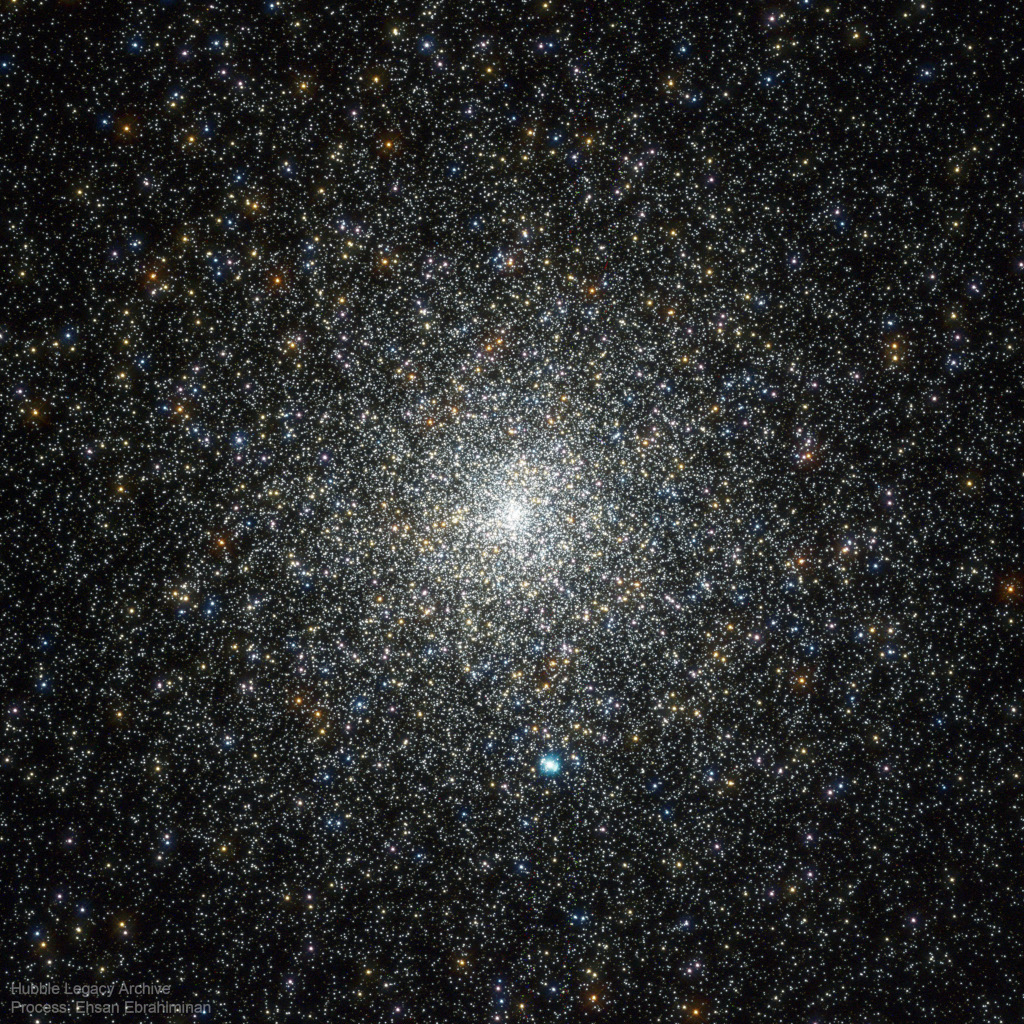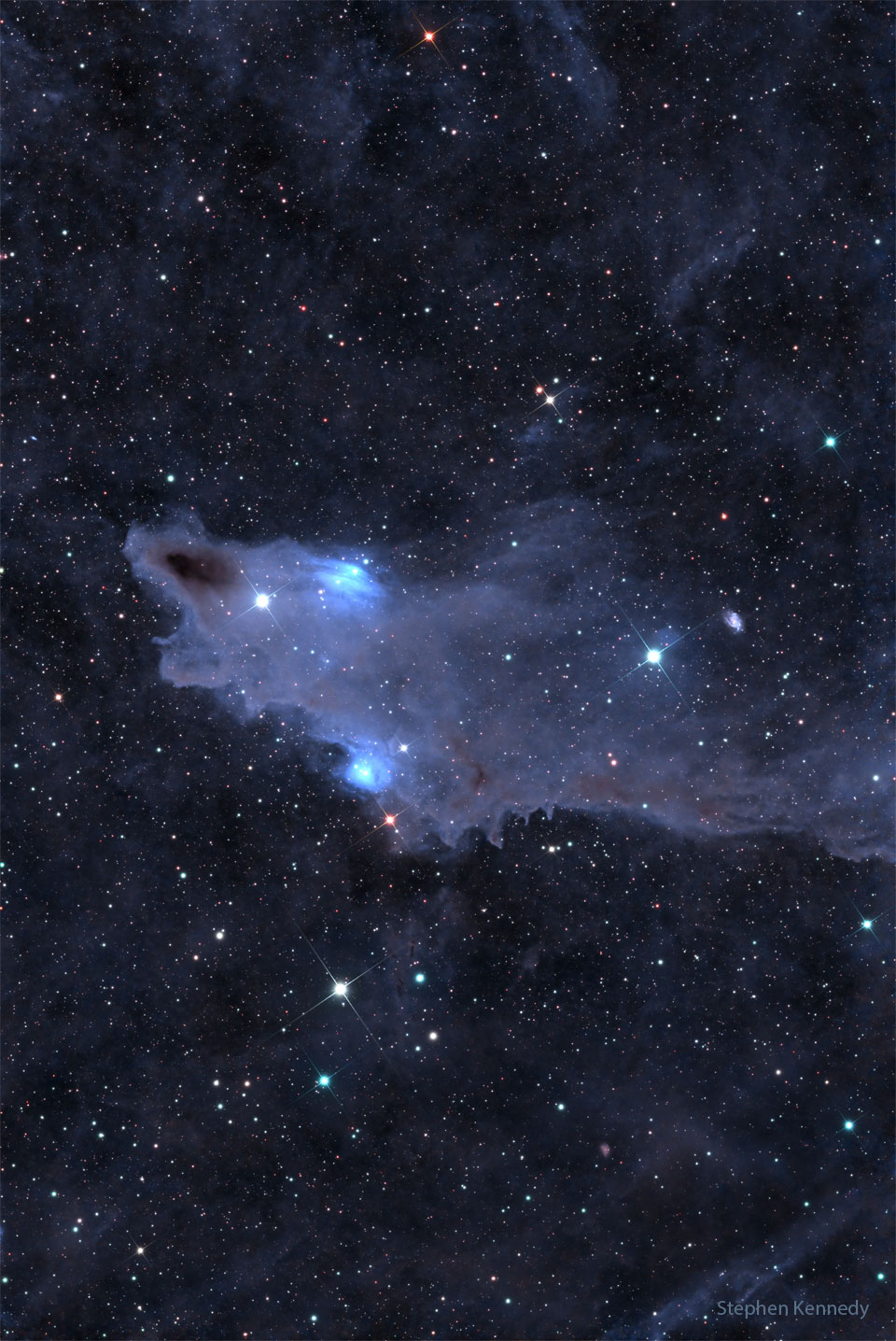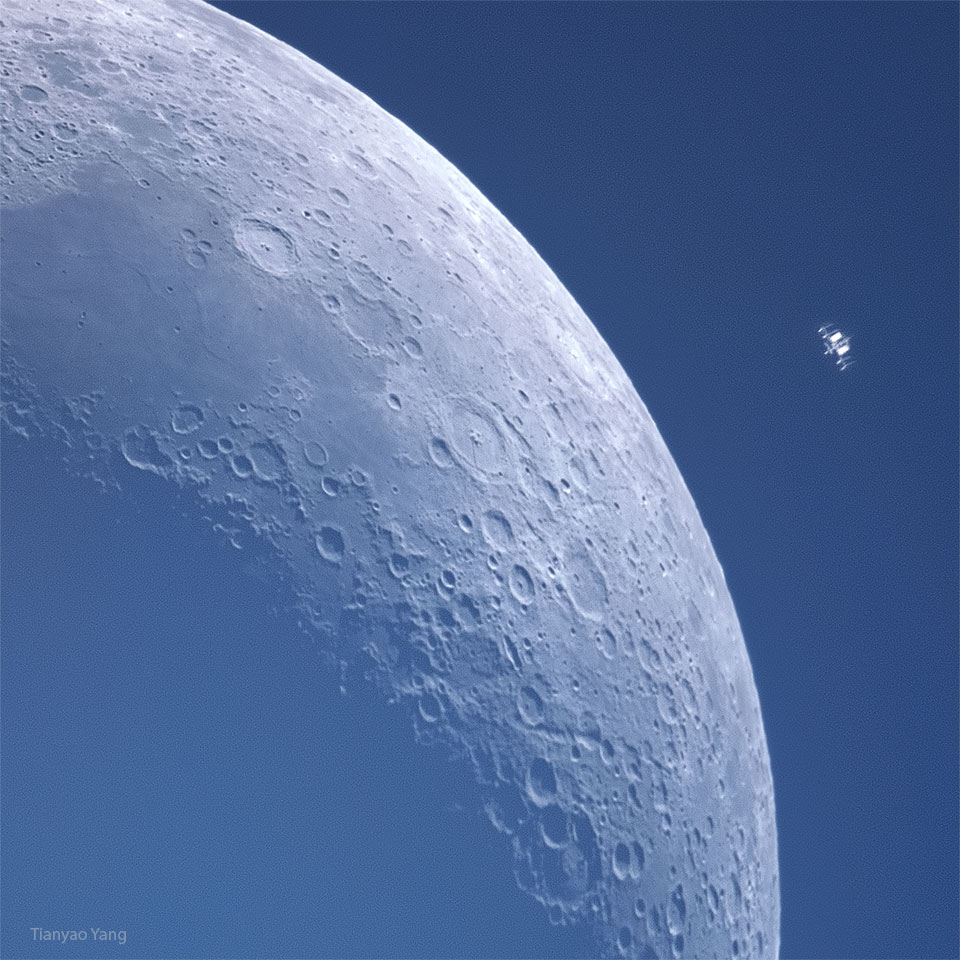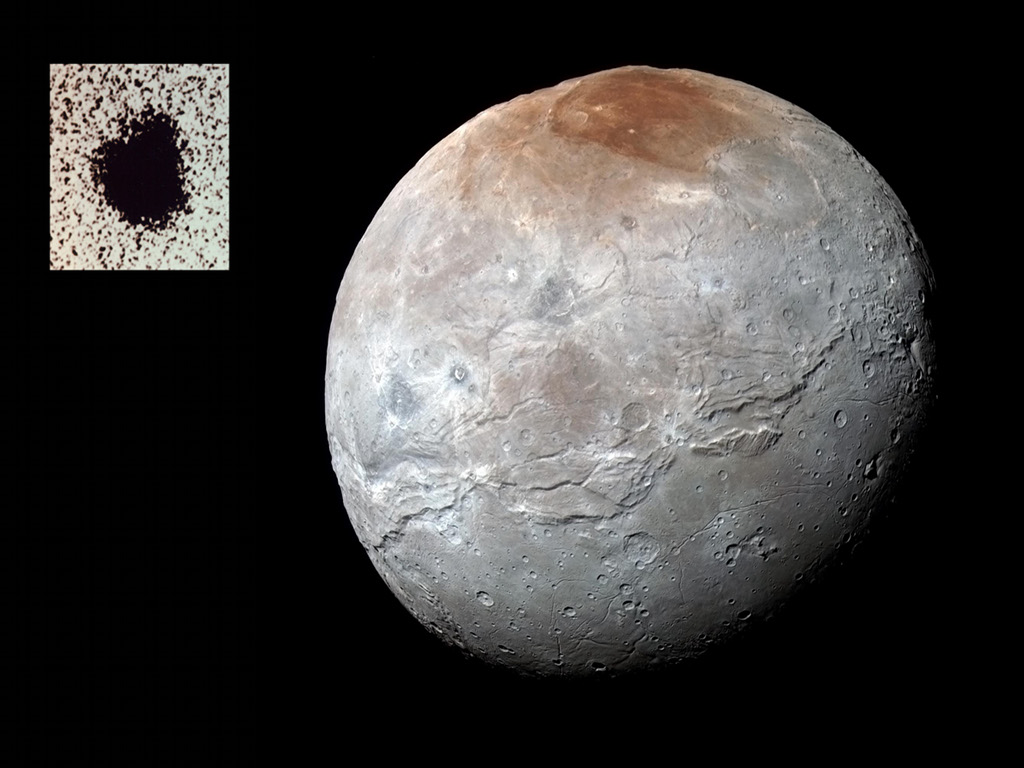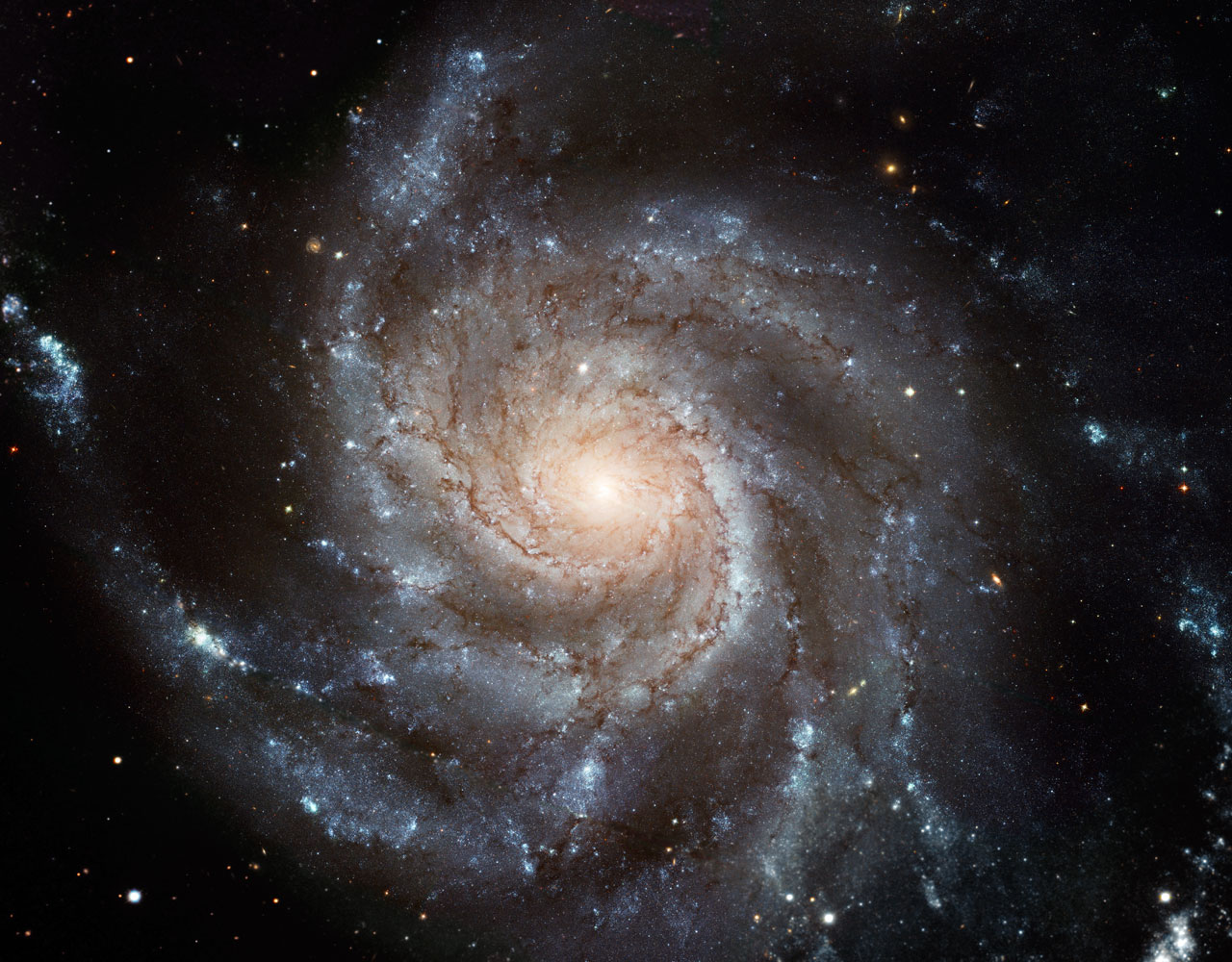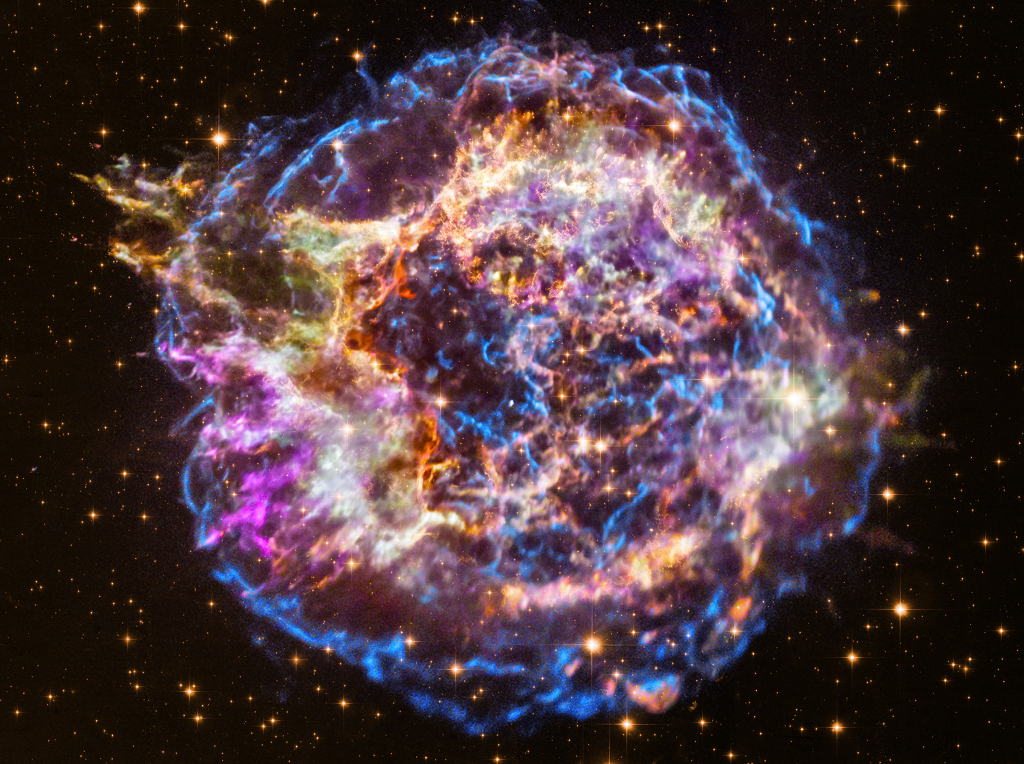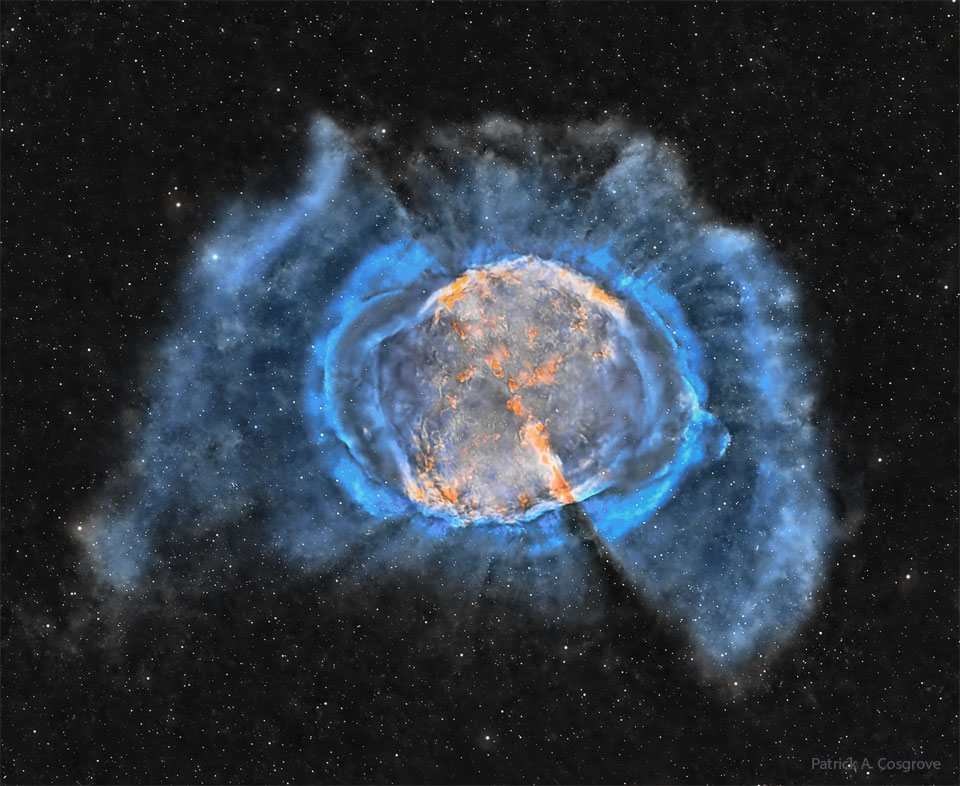안녕하세요, 잡학다식 입니다. 오늘은 과연 나사에서 어떤 방식으로 우주의 형상을 표현해 줄까요?
우선 이미지부터 볼 수 있도록 하겠습니다
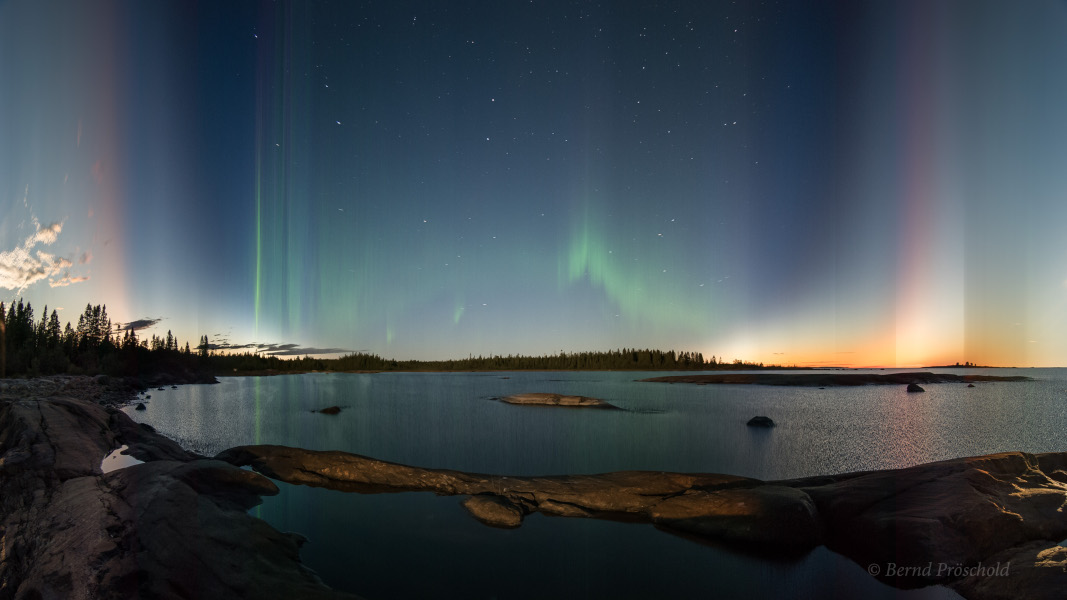
해당 사진의 이름은 Sunset to Sunrise over the Baltic Sea 인데요 우선 NASA에서 공식적으로 발표한 설명들을 확인해 보겠습니다
This serene view from the coast of Sweden looks across the Baltic sea and compresses time, presenting the passage of one night in a single photograph. From sunset to sunrise, moonlight illuminates the creative sea and skyscape. Fleeting clouds, fixed stars, and flowing northern lights leave their traces in planet Earth's sky. To construct the timelapse image, 3296 video frames were recorded on the night of a nearly full moon between 7:04pm and 6:35am local time. As time progresses from left to right, a single column of pixels was taken from the corresponding individual frame and combined in sequence into a single digital image 3296 pixels wide. Happy Birthday APOD
이번에도 광활한 우주 앞에 인간이 얼마나 작은 존재인지 다시 한번 알게 되는것 같습니다
저는 내일도 더 좋은 사진과 함께 돌아오겠습니다, 그럼 행목한 하루 되시길 바랍니다
'과학상식' 카테고리의 다른 글
| NASA 나사의 오늘의 이미지들 (2023-06-18) (0) | 2023.06.19 |
|---|---|
| NASA 나사의 오늘의 이미지들 (2023-06-17) (0) | 2023.06.18 |
| NASA 나사의 오늘의 이미지들 (2023-06-15) (0) | 2023.06.16 |
| NASA 나사의 오늘의 이미지들 (2023-06-14) (0) | 2023.06.15 |
| NASA 나사의 오늘의 이미지들 (2023-06-13) (0) | 2023.06.14 |
